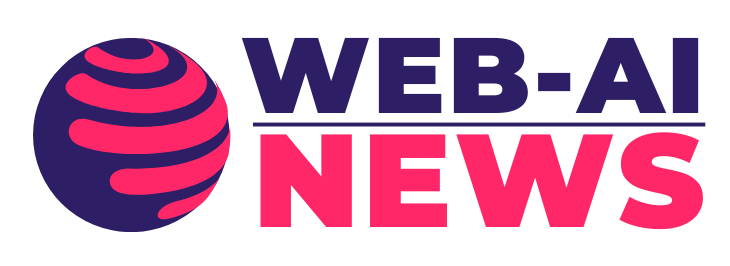Big news out of Redmond: Microsoft just launched two in-house AI models—MAI-Voice-1 and MAI-1-preview—marking a bold step away from reliance on OpenAI.
The latest play in the AI arena has investors buzzing and the company’s stock climbing about 9% in the quarter, hinting at renewed market confidence. But is this just a technical milestone or the start of a strategic shift? Let’s dig in.
Microsoft says MAI-Voice-1 can generate a full minute of natural, expressive speech in under a second on just one GPU—seriously fast.
It’s now powering features like Copilot Daily and Copilot Podcasts, and anyone curious can test it via Copilot Labs.
On the text front, MAI-1-preview is the company’s first self-trained “foundation” model, now open for public testing on platforms like LMArena.
Built on around 15,000 Nvidia H100 GPUs, this mixture-of-experts LLM is being rolled out gradually into Copilot and could set the tone for Microsfchatoft’s future AI roadmap.
Strategically, this is huge. Microsoft’s AI chief, Mustafa Suleyman, emphasizes the need for the company to be self-reliant, crafting top-tier models in-house instead of depending on external partners like OpenAI.
It reflects a deeper shift toward control, cost efficiency, and building its own AI infrastructure.
These developments come amid capacity crunch worries. The tech world has been betting on AI’s future, but spinning up these models—even with fewer GPUs—signals clever choices around what data matters. Microsoft wants to train smarter, not just bigger.
On the economic side, analysts are noticing. With MAI-Voice-1 and MAI-1-preview now part of the equation, Microsoft demonstrates capability and independence.
Its stock’s recent rise suggests investors are betting on a future where Microsoft leads, not follows, in AI.
A Little Extra Twist
Beyond the headlines, there’s an emerging undercurrent: how do developers and creators feel about this shift?
Early testers on Copilot Labs report that MAI-Voice-1 produces impressively natural, empathetic tones—way more engaging than the old robotic voices.
If true, this model could bridge the uncanny valley gap for AI-assisted podcasts or virtual assistants.
Also, consider the implications for privacy and data ethics. With user data flowing through these in-house models, there’s a fine balance to strike between personalization and overreach.
Unlike OpenAI, Microsoft’s vertical integration could allow for deeper insights—good for performance, tricky for boundaries.
On the consumer front, this could broaden access to AI narration tools. Imagine personalized audiobooks, accessible learning tools, or customized guided meditations—MAI-Voice-1 might just make them feel … companionable.
Final Take
In my view, Microsoft’s two new AI models are more than upgrades; they’re declarations of intent. MAI-Voice-1 brings voice AI into real-time territory, while MAI-1-preview signals Microsoft’s independent AI ambitions.
As someone who’s seen tech trends rise and fall, I believe the companies that write, train, and own their own models are heading into tomorrow with a serious edge. But the real test will be whether users and regulators keep up.




